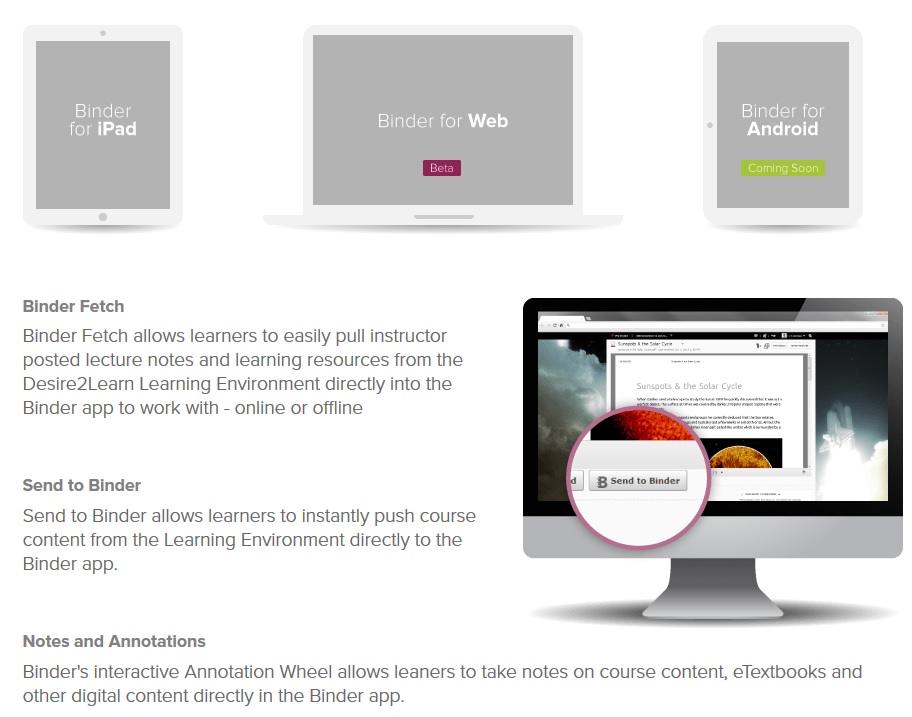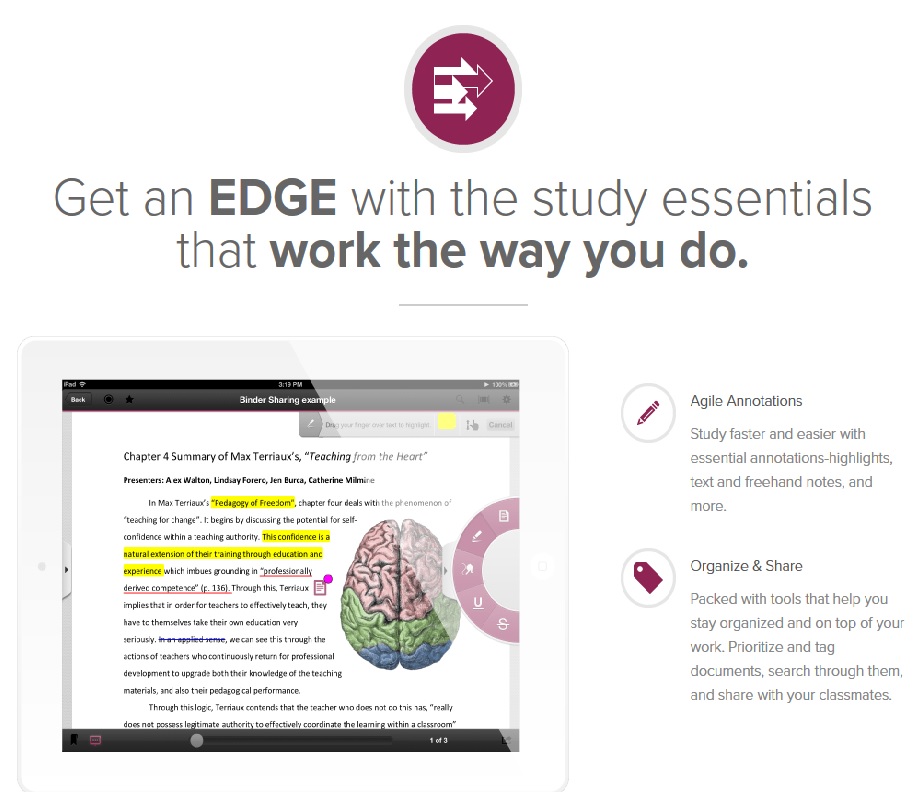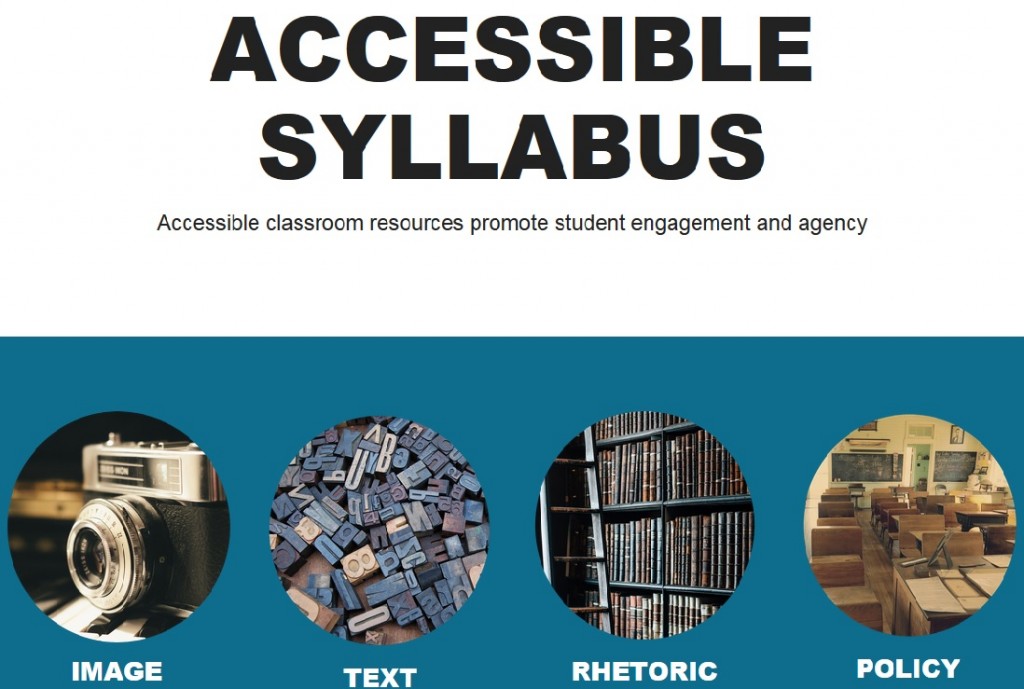EDUCAUSE 7 Things You Should Know About …™ is a series of publications that provides concise information about diverse range of professional challenges in higher education IT, from updates on current developments to explorations of important overarching issues. Use these quick reads to get essential information on emerging technologies and related practices, including potential implications and opportunities. Each two-page brief focuses on a single technology or practice and how it relates to higher education.
Here are the seven questions they answer in each publication:
- What is it?
- How does it work?
- Who’s doing it?
- Why is it significant?
- What are the downsides?
- Where is it going?
- What are the implications for higher education?
Among the most interesting topics, which you can skim through in less then a minute yet learn a lot, are: Remote Proctoring, One-Button Studio, Institutional Self-Assessment, Universal Design, Games and Learning, Open Educational Resources, E-Books, Podcasting, and many more.
They group the topics into two themes: Campus-Wide IT and Learning Technology Topics (click on each to access the list of publications).








